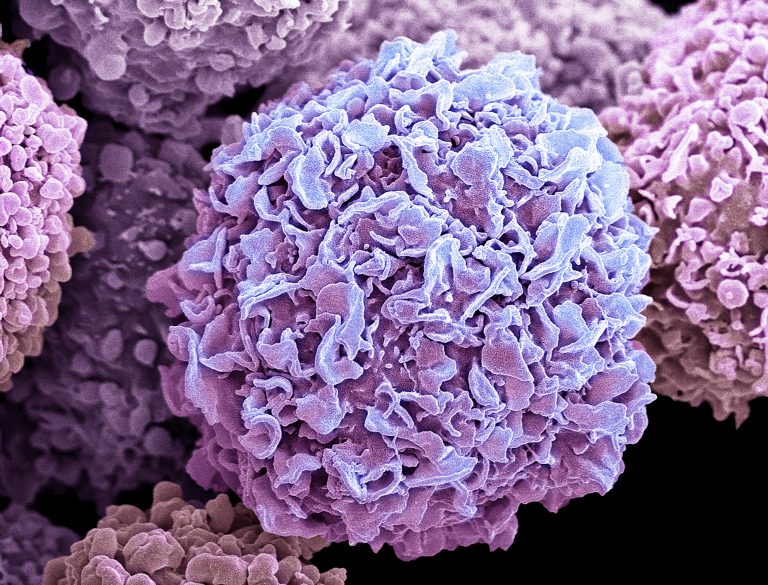
Evading the immune system is the go-to survival strategy for cancer cells. One primary mechanism by which they do so is to downregulate their antigen presentation. New research shows that breast cancer cells bearing high levels of the MAL2 protein on their surfaces do just that. As a consequence, they are therefore more adept at hiding from immune system attack.
In a study from researchers at the Vera Bradley Foundation for Breast Cancer Research and Indiana University researchers found that MAL2 in breast cancer cells inhibited the level of tumor-specific antigens which attract immune cells. As a result, the tumors are immunologically ‘cold’, or less visible to destruction by the immune system.
The discovery may partly explain why more than 70% of breast cancer patients do not respond to cancer immunotherapies; their tumors appear to be cloaked from detection. Today’s immune checkpoint therapies boost CD8+ T cell–mediated cytotoxicity. But, to do so effectively — which happens in only a limited number of cancer types — they need to recognize tumor-specific antigens via T cell receptors. Without these antigens, immunotherapy drugs are blind to recognizing invading cancer cells.
The team’s first mission was to understand why some cancers appear to be susceptible to immunotherapy while others – like breast cancer – are largely resistant.
Looking for clues, the group searched The Cancer Genome Atlas (TCGA) for the genes significantly associated with unfavorable prognosis in 1,075 breast cancer patients, ultimately leading to a curated list of 20 top-ranked genes. “Among the genes with highest significance associated with unfavorable prognosis in breast cancer, we identified MAL2,” the authors write. They discovered the link between higher MAL2 in breast cancer with poor patient survival, particularly in those with triple-negative breast cancer.
Once MAL2 was identified as a main suspect, the group studied its effects on breast cancer cell growth and its interactions cells of the immune system. Studies in 260 human breast cancer tissue samples and animal models showed that breast cancer cells express more MAL2 than normal cells. The protein also significantly enhanced tumor growth. On the flip side, shutting down MAL2 essentially stopped tumor growth.
They also observed how MAL2 exerts its protective effects against discovery by the immune system. “We demonstrated that MAL2 was involved in endocytosis and degradation of the antigen-loaded MHC-I complex in breast tumor cells,” the authors write. By suppressing tumor antigen presentation and diminishing the cytotoxicity of CD8+ T cells, tumor cells were able to evade immune detection.
“Tumor cells can evade immune attacks; with less MAL2, the cancer cells can be recognized and killed by the immune system,” says author Xiongbin Lu, PhD, of the Vera Bradley Foundation for Breast Cancer Research. “MAL2 is a novel target. By identifying its function in cancer cells and cancer immunology, we now know its potential as a cancer immunology target.”













